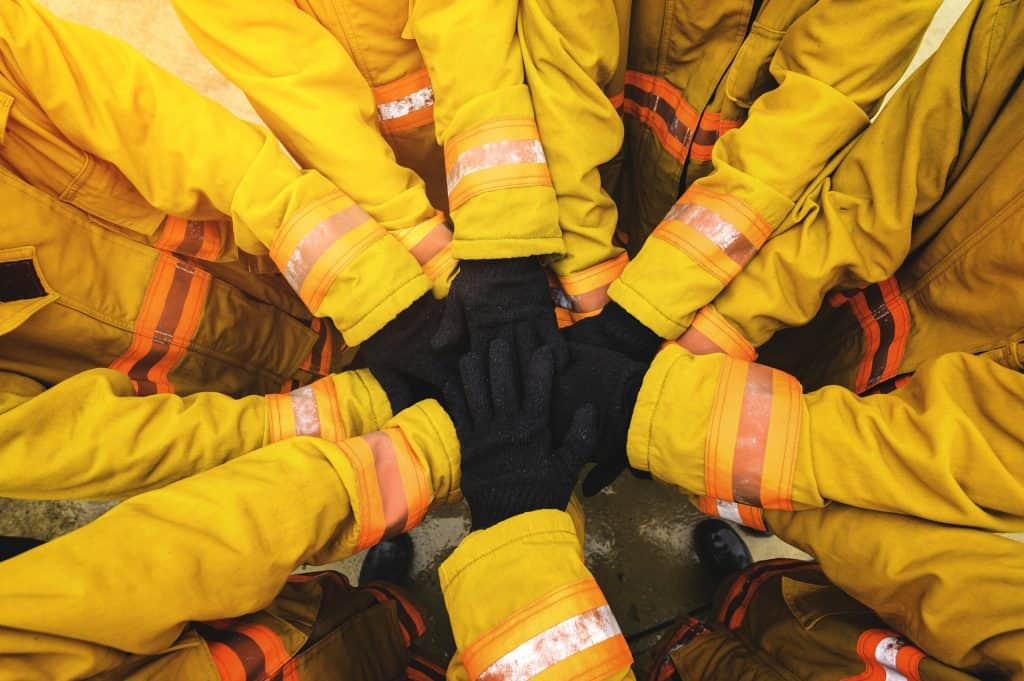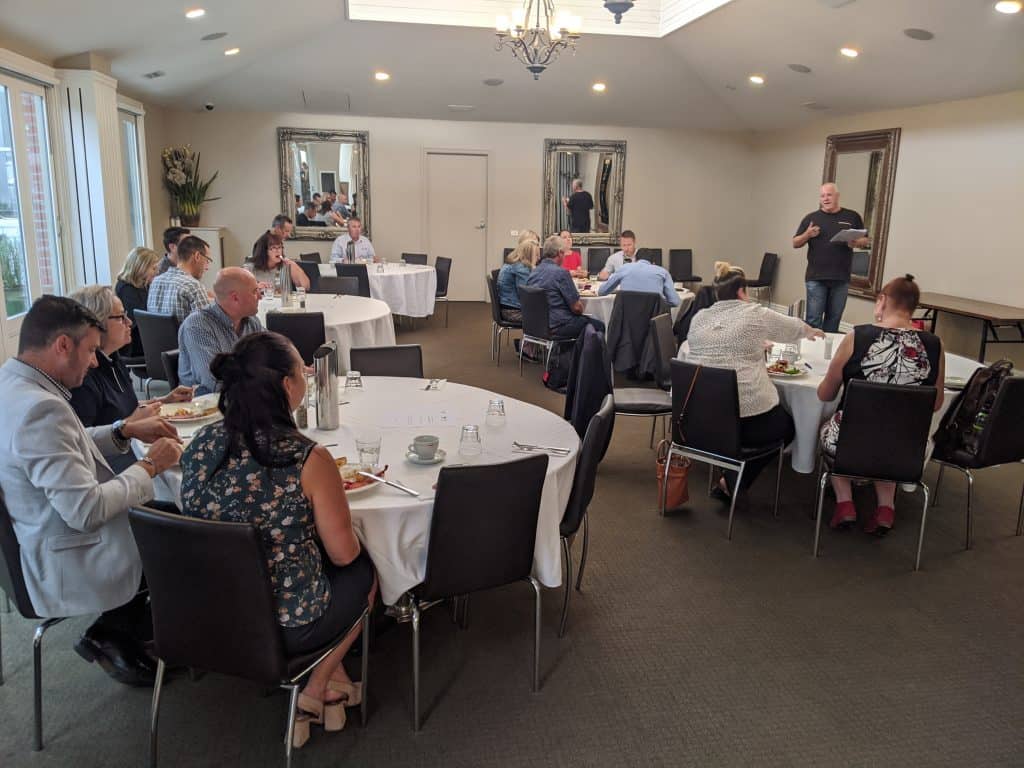This week a workplace mental conference has been running in Sydney with some excellent speakers. The theme is to improve integrated approaches to workplace mental health in the belief that progress can be most effective when workplace silos and professional disciplines share information and actively listen.
However, resistance to change continues and silos continue to exist even if the interconnecting bridges are half-formed. One half-formed bridge was illustrated when I put this question to a panel discussion:
“What does a psychological near-miss look like?”






